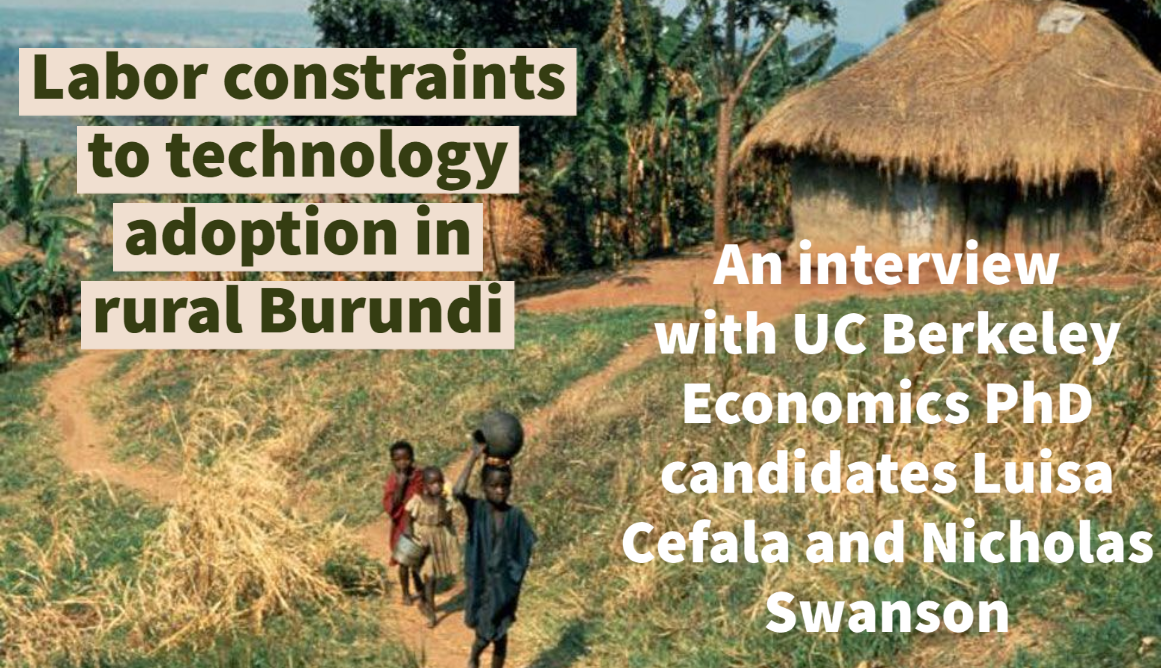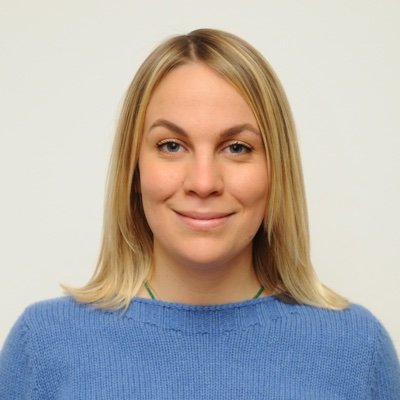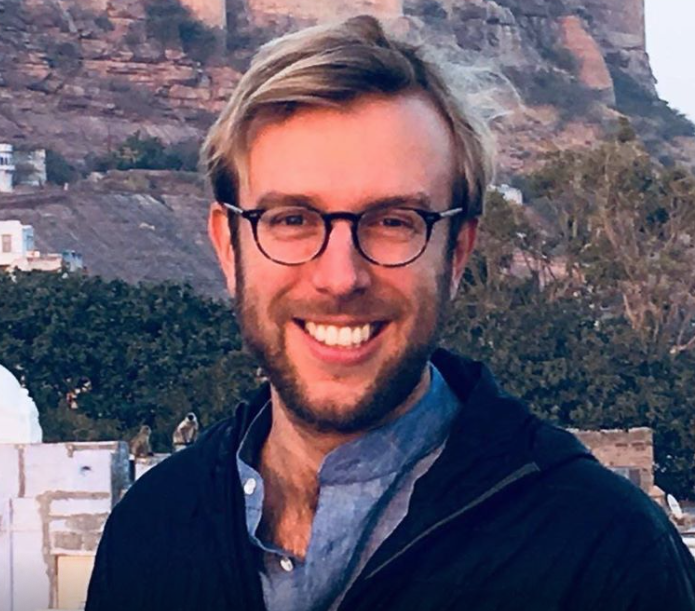Labor constraints to technology adoption in rural Burundi: An interview with Luisa Cefala and Nicholas Swanson
PhD candidates Luisa Cefala and Nicholas Swanson in a conversation about their collabortion with a non-profit in Burundi and their research that could inform how to boost smallholder productivity in Burundi, Africa.

Tell me about your research topic and how it developed.
Before COVID-19 hit, we had started a collaboration with NGO One Acre Fund’s Burundi program “Tubura”. One Acre Fund works across Sub-Saharan Africa providing inputs like seed and fertilizer on credit loans to smallholder farmers that they can use for seed and fertilizer, to try and boost their productivity of smallholder farmers. One Acre Fund’s Burundi program is quite impressive: it works with over 120,000 farmers in the country, and has really high repayment rates among its clients, suggesting that there is real demand for the services it is providing.
Before COVID hit, Nick had visited the Tubura office and the leadership there was interested in collaborating on research that could inform how to boost smallholder productivity.
This summer, Covid restrictions meant that we couldn’t work on our main research projects, so we decided to start a new project in Burundi, Africa. Through this project, we aim to understand what constraints farmers might face in adopting modern farming practices such as proper crop spacing, and fertilizer application. The Burundian Government and One Acre Fund have both promoted these practices, and agronomic trials have shown that they appear to increase yields. But takeup by farmers is still quite low, despite these apparent benefits.
When we were in Burundi, we spoke with the One Acre Fund staff and their clients, and a few interesting observations came up. First, people told us that these modern farming practices were much more time intensive than traditional practices, meaning that farmers often had to hire outside labor to help with them. Second, they told us that laborers who knew the farming practices were scarce, and those who did know the practices charged a premium to work on other’s farms.
Therefore, we decided to try and conduct a Randomized controlled trial (RCT), where in some villages we would train the local labor force in these modern farming practices, and in other villages the status quo would prevail. Our hypothesis is that training the local labor force will increase the adoption of these practices at the community level, since it will be easier for farmers to find skilled labor to help them. In this project we’re also trying a new method of training: rather than asking staff of OAF to conduct the training, we’re seeing whether we can incentivize farmers who already know these practices to provide the training to laborers. If this training is successful at boosting the adoption of this technology in the community, we’ll then try to understand why this information doesn’t diffuse naturally to these workers.
Why is this topic important for people in Burundi? What schools of thought or theories impacted the way you approached this topic?
Increasing productivity of the land in Burundi is incredibly important. Yields in the country are among the lowest in the East African Community. At the same time, the country is among the most densely populated in Africa, and the population continues to grow rapidly, meaning that it is incredibly important that farmers are able to produce as much as they can from the limited land that they have.
Our project follows in a long literature in economics that focuses on technology adoption in agriculture, including some literature from Berkeley faculty (eg. Jeremy Magruder). The most recent strand of this literature has looked at who in communities should be targeted for new technologies, and has argued that “peer” farmers, or individuals that are “central” in the village network are important contributors towards getting others to adopt new technologies.
Our focus is a bit different - in particular we think that it may be useful to teach individuals new technologies even if those individuals are unlikely to adopt the technology themselves, which may be the case with the village labor force. This is because these individuals are the ones who are most likely to be hired by other farmers to work on their field, and their knowledge of the new technology may enable others to adopt.
What were some of the challenges in gathering information?
Our project was one of the first academic collaborations between US and Burundian Universities, and so there was a lot that we had to learn about how to collect survey data in the country. We spoke to our advisor Ted Miguel and described to him what we were having to do to get our work set up and he told us that it sounded a lot like his experience when he was working on his own job market paper in Kenya, which was one of the first RCTs ever done. However, we have been lucky as we’ve had really supportive local partners that have helped us get our feet on the ground. Our co-author Michel Ndayikeza, and the Center of Economics (CURDES) at the University of Burundi have both welcomed us to Burundi and really have done everything they could to facilitate our partnership. All of the staff at One Acre Fund have been incredibly supportive and welcoming of us: opening their facilities for our use and spending a huge amount of time speaking to us and answering our questions.
Tell us about your partnerships and the people who helped this project come together.
In addition to One Acre Fund and CURDES, our supervisors at Berkeley, Supreet Kaur, Jeremy Magruder and Ted Miguel, have been really supportive of us and made a lot of time to speak through our ideas with us as we’ve been out in Burundi collecting data.
We’ve also been really fortunate to receive generous funding for our project from CEGA. This has helped us to travel to Burundi and work in the field learning more about the context developing our research. One of the most important things when you do field work like ours is to spend enough time understanding the context of your study and understand whether your hypothesis resonates with the context. This was even more important in Burundi because there was a very sparse body of literature we could refer to, and required us to spend almost six months in the country. We would have not been able to do so if we were not offered financial support from Berkeley. We both received a teaching buy-out from our faculty - which essentially is a way to cover your tuition and stipend that is normally guaranteed by teaching classes at Berkeley.
Moreover, we received start-up grants from CEGA for preliminary data collection. In development economic research, there is a bit of a chicken and egg problem, because you need some data evidence that your study will succeed in order to secure research grants. However, without an initial seed grant it is hard to produce that evidence, especially as PhD students who lack their own research funds. So here is where CEGA steps in: they provide you with some seed funding, which can be used to sustain research expenses while you gather the initial evidence needed to apply for larger, external grants.
Separately, for this project we also won a CEGA EASST Research Grant together with our Burundian co-author Michel Ndayikeza, which will support a big chunk of data collection costs.
Most importantly, the development faculty in particular at UC Berkeley has been amazing, making time to speak with us both about our general observations and more half-baked thoughts, and helping us develop these into more full-fledged research projects. They’ve also been incredibly helpful in supporting us moving our work forward, it hasn’t been a particularly easy time to travel and do primary data collection.
PhD candidates Luisa Cefara and Nicholas Swanson in a conversation about their collaboration with a non-profit in Burundi and their research that could inform how to boost smallholder productivity in Burundi, Africa.


